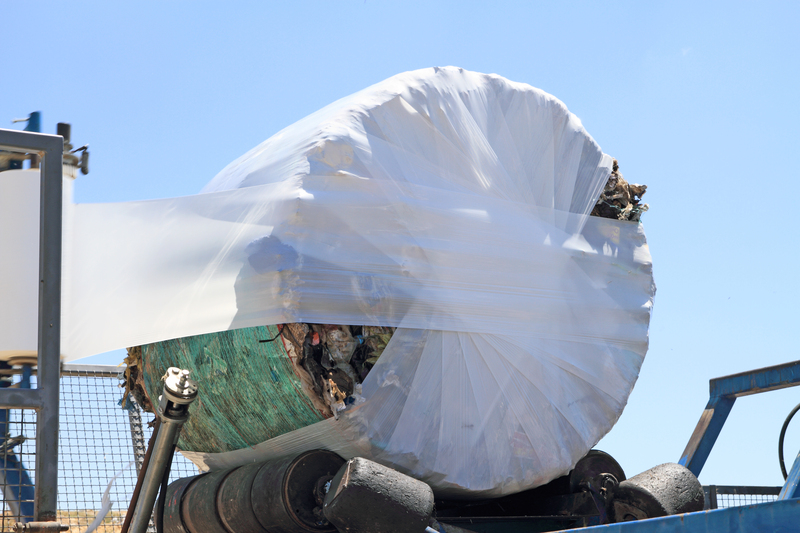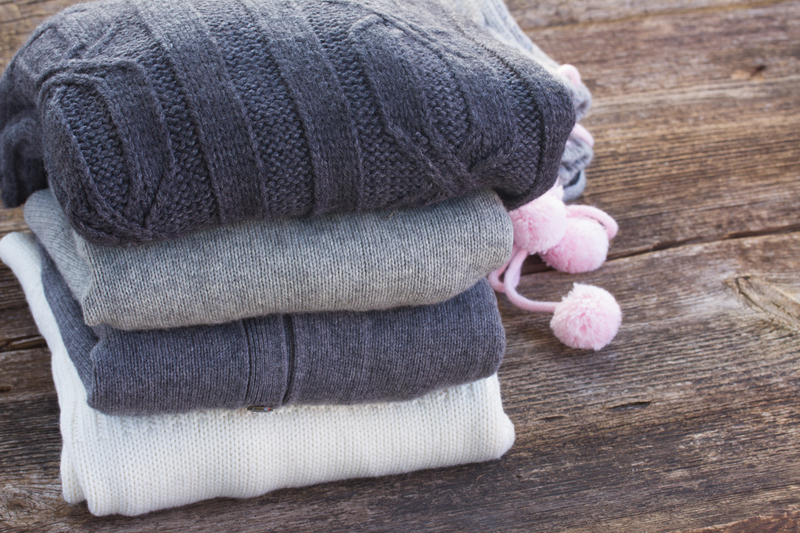Smart Tips for Hassle-Free Plant Pot Disposal
Are you surrounded by a collection of unused, broken, or mismatched plant pots and wondering what to do with them? Responsible pot disposal can sometimes be confusing given the variety of materials--from plastic and ceramic to terracotta and biodegradable planters. This comprehensive guide will explore smart strategies for plant pot disposal, ensuring your garden clutter is managed sustainably and with minimal hassle.

Why Proper Plant Pot Disposal Matters
Disposing of plant pots the right way isn't just about decluttering your space--it's about reducing landfill waste, conserving resources, and keeping your local environment clean. With sustainability on everyone's mind, knowing how to manage old or unwanted plant pots is becoming increasingly important. Before tossing them in the trash, consider the impact and discover eco-friendly disposal techniques for every type of pot.
Common Types of Plant Pots and Their Challenges
To find the best plant pot disposal method, you first need to identify the materials. Let's look at the most common types, their benefits and the challenges associated with disposing of them:
- Plastic Pots: Widely used due to their low cost and light weight, but they're notoriously difficult to recycle and often end up in landfill.
- Ceramic and Terracotta Pots: Loved for their aesthetic appeal, but heavy and prone to breaking. Not usually accepted in curbside recycling.
- Biodegradable Pots: Made from fibers like peat, coconut, or paper, these are more eco-friendly, but only if disposed of in the right way.
1. Reuse: Give Plant Pots a Second Life
Before disposing of your pots, ask yourself: "Can I reuse or upcycle this?" In many cases, the answer is yes! Creative repurposing not only reduces waste but also can save money and add personality to your home or garden.
Creative Reuse Ideas
- Seed Starters: Turn smaller pots into seedling containers for a new planting season.
- Organizers: Use clean pots for sorting tools, brushes, or kitchen utensils.
- Decor: Paint or decorate old pots to use as decorative planters indoors or on patios.
- Gift Packaging: Fill pots with homemade treats or plants and give as unique gifts.
By reusing, you delay the need to dispose altogether--an eco-friendly win for both you and the planet!
2. Recycling: Navigating Plant Pot Recycling Programs
How to Recycle Plastic Plant Pots
Plastic pots, despite their convenience, pose a significant recycling challenge. Many local recycling programs do not accept them in curbside bins due to the complexity of sorting and cleaning. Here are some smart steps for plastic pot recycling:
- Clean Thoroughly: Remove all soil residue and labels to improve recyclability.
- Look for the Recycle Code: Most plastic pots are made from polypropylene (PP) or high-density polyethylene (HDPE). Check the code on the bottom--#2 or #5 plastics are sometimes accepted.
- Use Garden Center Take-Back Programs: Many nurseries, garden centers, or big-box stores offer dedicated drop-off bins or seasonal recycling events for old pots.
- Local Recycling Centers: Check with your municipality to see if there are special instructions for plastics typically not accepted curbside.
Ceramic and Terracotta Pot Recycling
Ceramic and terracotta pots aren't recyclable in traditional streams due to their composition. However, there are clever alternatives:
- Terracotta: Break into small pieces and use as drainage in the bottom of new pots or garden beds.
- Ceramic: Some facilities may accept them with construction and demolition debris; contact local centers for details.
Biodegradable Plant Pot Disposal
Biodegradable pots can be composted if they're made from natural fibers and contain no synthetic resins or coatings. Tear up the pots and add in moderation to your compost pile, or plant them directly in the ground if they're designed to break down.
3. Donations: Pass It On
Not everyone has the time or need to repurpose all their old pots. In such cases, donating plant pots can be a great option:
- Community Gardens: These organizations always welcome supplies.
- Schools: Many schools have gardening programs and can use extra containers.
- Social Media Groups: Online platforms like Facebook Marketplace, Freecycle, or local gardening forums are perfect places to connect with people in need of pots.
Remember to clean the pots thoroughly before donating, and be transparent about any cracks or damage.
4. Responsible Disposal: Last Resort Options
Disposal in Landfill
When all else fails and reuse, recycling, or donation aren't options, some pots inevitably end up in the trash. Prepare them for the landfill responsibly:
- Remove Soil and Debris: Soil can clog sorting machinery and contaminate waste streams.
- Break Down Large Pots: Shatter ceramic or terracotta into smaller pieces to reduce volume.
- Do Not Burn: Never burn plastic pots, as the fumes are toxic and harmful for the environment.
This should be your last resort for plant pot disposal. Modern landfills are engineered to handle non-recyclable waste, but minimizing what goes there is always best.
5. Join Plant Pot Takeback Initiatives
More companies and garden centers are recognizing the need for responsible plant pot management. Some notable programs include:
- National Retailers: Some major home improvement chains run periodic plant pot collection drives.
- Local Nurseries: Many small businesses are happy to accept old pots for reuse or recycling, especially during spring and fall planting seasons.
- Community Clean-Up Days: Watch for city or town-hosted recycling round-ups that accept garden containers and plastics.
Frequently Asked Questions about Plant Pot Disposal
Can I recycle plant pots in my curbside recycling bin?
In most municipalities, plant pots are not accepted in regular recycling programs due to material contamination and sorting difficulties. Check with your local recycler or use dedicated drop-off locations.
What happens if I put plastic pots in the trash?
They typically end up in the landfill, where they take decades to break down. Plastic pots contribute to the growing problem of plastic pollution. Whenever possible, remove them from your waste stream through recycling or reuse.
How can I dispose of broken terracotta or ceramic pots?
If recycling isn't available, break the pots into small pieces and use them as drainage material in new pots, garden beds, or landscapes. They also make excellent mulch or pathway filler.
Are biodegradable pots always compostable?
Not always! Check the manufacturer's instructions--pots made from peat, coconut coir, or paper are usually compost-safe, but those with plastic liners or chemical additives may not break down properly.

Expert Tips for Smoother Plant Pot Disposal
For the most hassle-free, sustainable solution, follow these key recommendations:
- Sort by Material: Group your pots into plastic, ceramic, terracotta, and biodegradable categories before disposal.
- Clean Pots Thoroughly: Wash away soil, fertilizers, or chemicals for easier recycling or reuse.
- Check Local Resources: Contact your municipality, garden center, or waste authority for the latest on plant pot take-back or recycling programs.
- Spread the Word: Share pots with friends, neighbors, or gardening groups instead of disposing of them.
- Stay Informed: Regulations about recycling are always evolving--keep up to date for the most eco-friendly choices.
Conclusion: Greener, Easier Plant Pot Disposal
Getting rid of old or broken plant pots doesn't have to be a chore--or a burden on the environment. By considering reuse, recycling, donations, and responsible disposal, you can free up space and contribute to a cleaner, more sustainable community.
Use these tips and make hassle-free, smart decisions for all your plant pot disposal needs--your garden (and the planet) will thank you!
- Be a sustainability leader--share these smart plant pot disposal tips with friends, family, and fellow gardeners!

